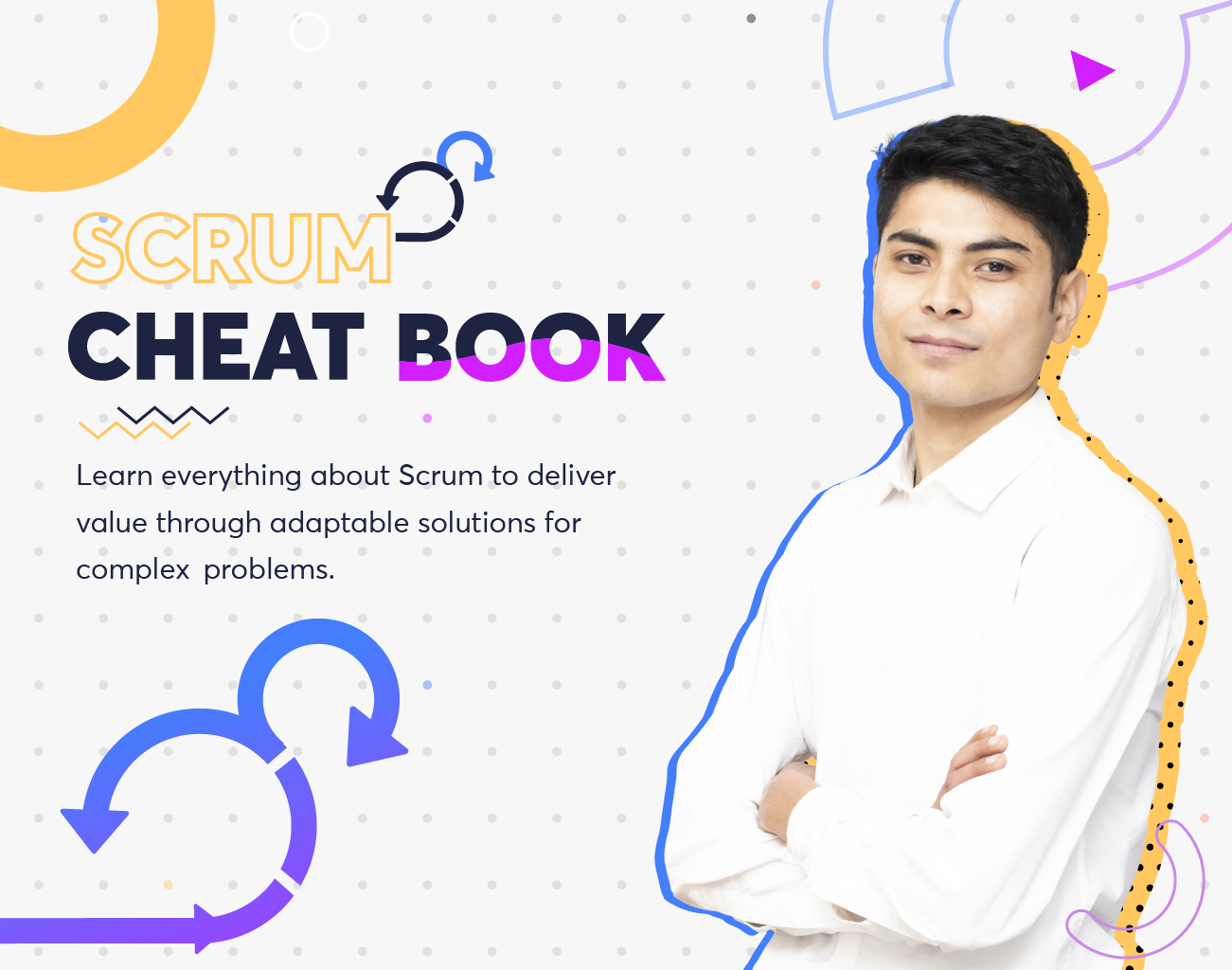Scrum Cheat Book
Process:
The Scrum framework emphasizes organizing work in iterations during which the Scrum team plans, executes, and reviews work. Each sprint delivers incremental value to meet the end goal.
Roles:
- Product Owner:
- Represents project sponsor/client
- Prioritizes Product Backlog Items (PBI)
- Responsible for product backlog
- Developers:
- Cross-functional team responsible for determining and delivering sprint goals
- Self-organizing team responsible for sprint backlog
- Scrum master:
- Helps train the team on the scrum application
- Responsible for facilitating organizational scrum transition
Iterations:
- Iterations in scrum are called Sprints.
- Usually lasts 1-4 weeks
Estimations:
Tasks estimations are done during sprint planning. They are usually done in hours, story points, or t-shirt sizes.
Terms:
- Product Backlog: A prioritized list of work for the development team derived from the roadmap and its requirements. Responsible: Product Owner.
- Sprint backlog: list of tasks planned for current Sprint. Responsible: developers
- User Story: description of a feature written from the end user’s perspective. Usually written like “As a ….., I want to ….., so that I can……”
- Epic: A large story, usually broken down into smaller user stories to deliver in a sprint
- Story Point: A unit to measure the complexity of the task. Usually in the Fibonacci sequence
- Burndown Chart: Represents the number of tasks completed over time.
Task Size
- Tasks can be of various sizes but no task should take longer than the Sprint.
- A huge task should be broken down into smaller tasks
Task Assignment
- Developers self-assign the ask to themselves by pulling them from the Sprint backlog
Adding tasks in Sprint
- No changes should be made to the sprint backlog that hampers the sprint goal
Events
- Sprint: Timeboxed event, end of which scrum team provides product increment. Usually 1-4 weeks
- Sprint Planning: Event where the scrum team and Product owner discuss what will be achieved in the coming sprint. Usually 8 hours for 4 weeks sprint
- Daily Scrum: a 15-minute event where each development team member discusses the progress towards the sprint goal. Discussion topic: What was done? What to do? What are the blockers for the task?
- Sprint Review: Future-looking event where the development team, product owner, and stakeholders discuss the progress of the sprint and gather feedback. Usually 4 hours for 4 weeks sprint
- Sprint Retrospective: A looking back event, where the developers and Scum master talks about what went well during the sprint and what could have been better. The team comes to a conclusion to improve the process for the next sprint
Board:
A visual board is used to track task status. Usually has 4 sections
- Product Backlog
- Sprint Backlog
- In progress
- Done
0 Comments






